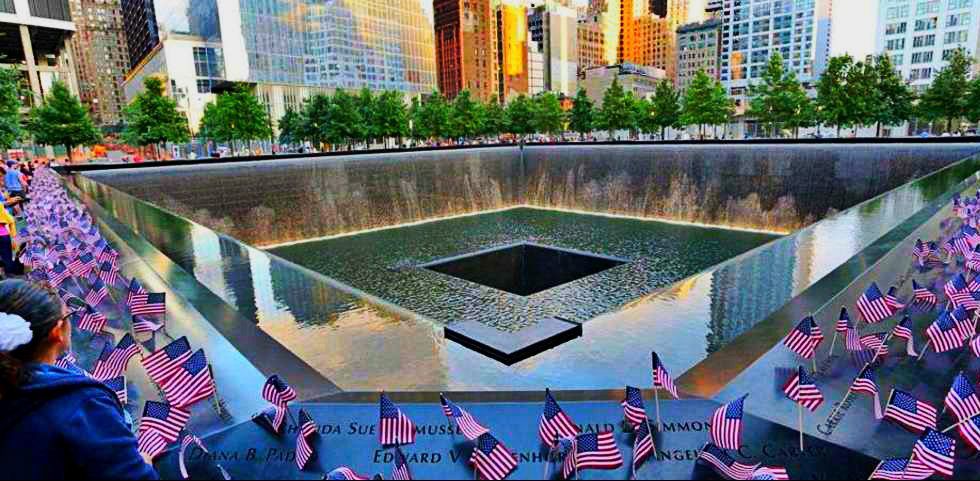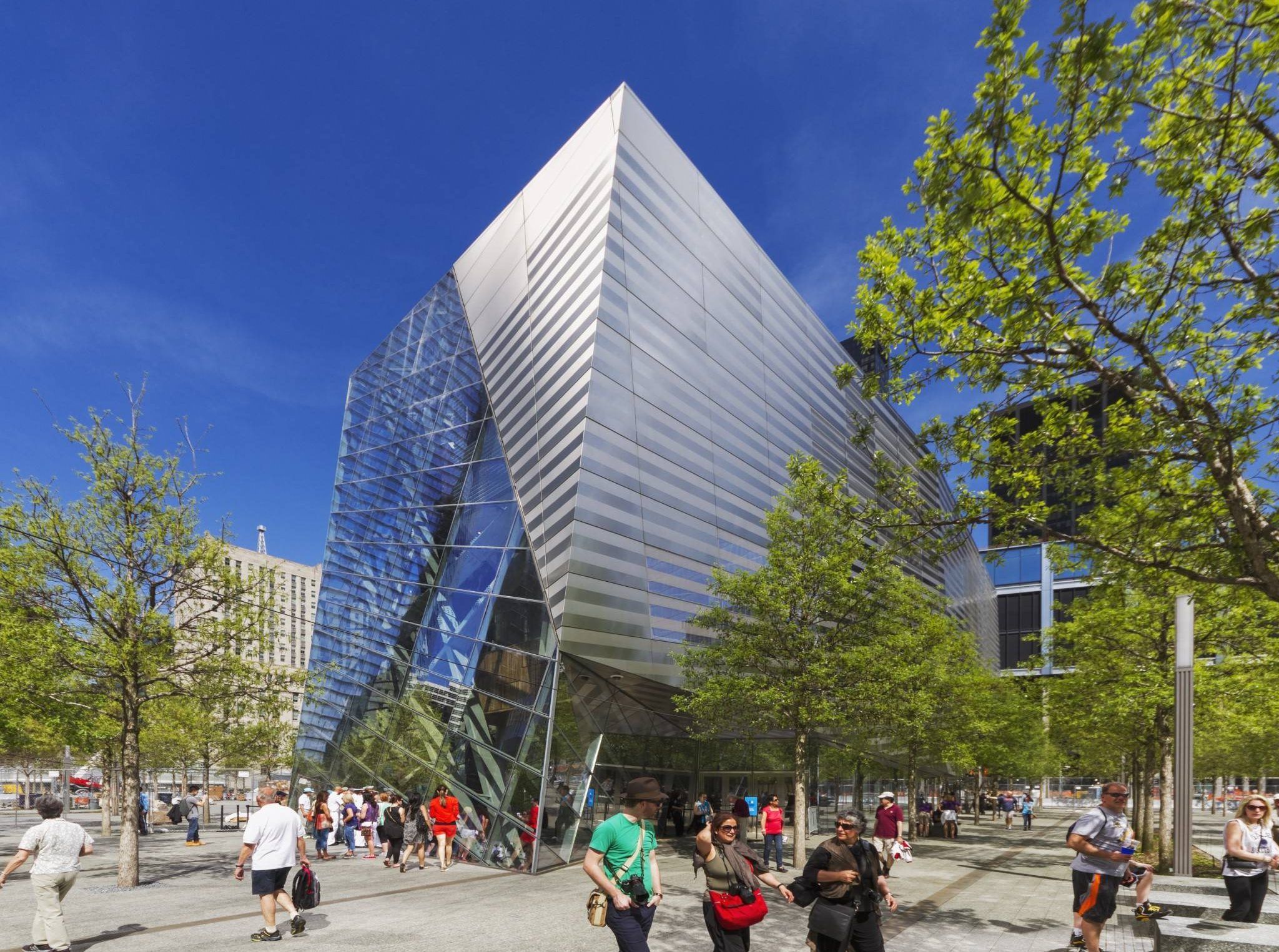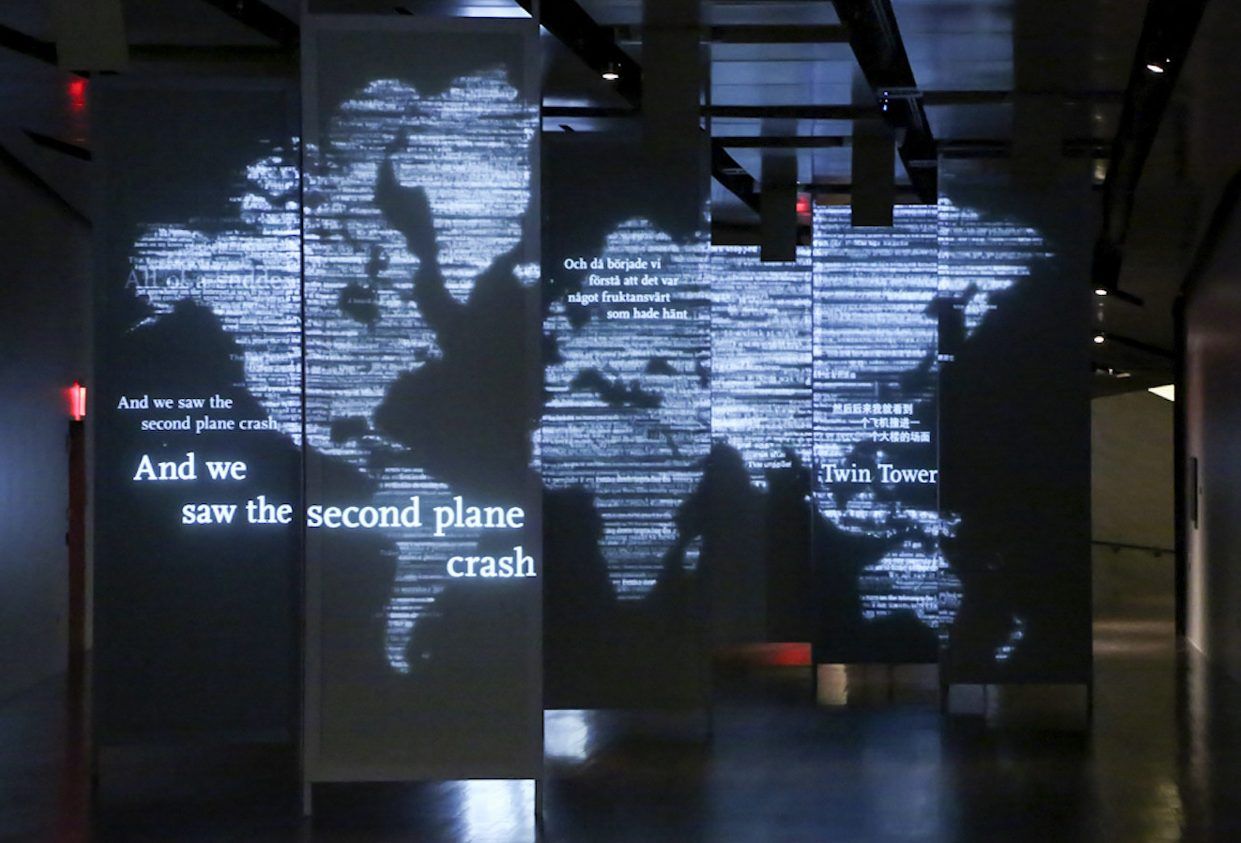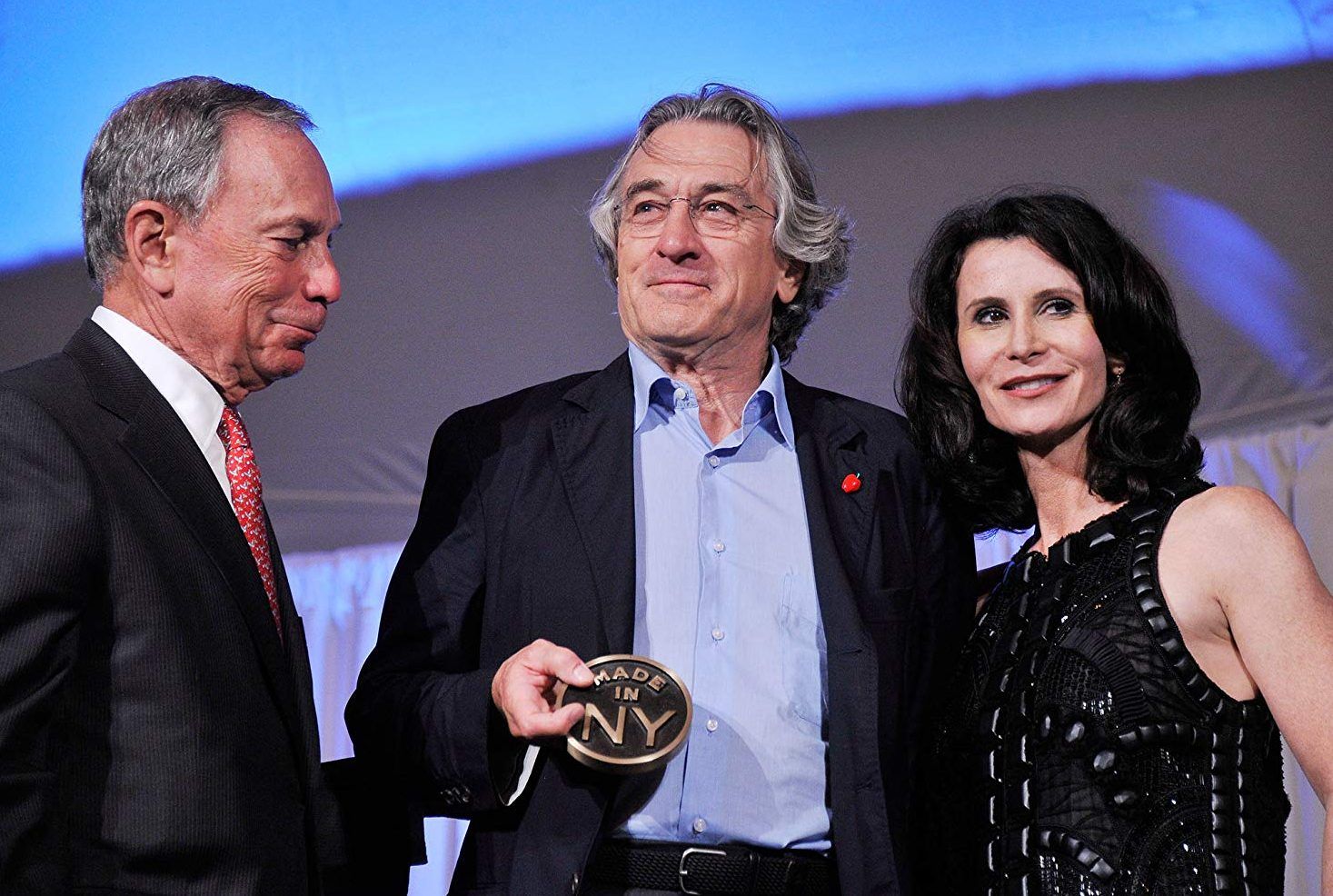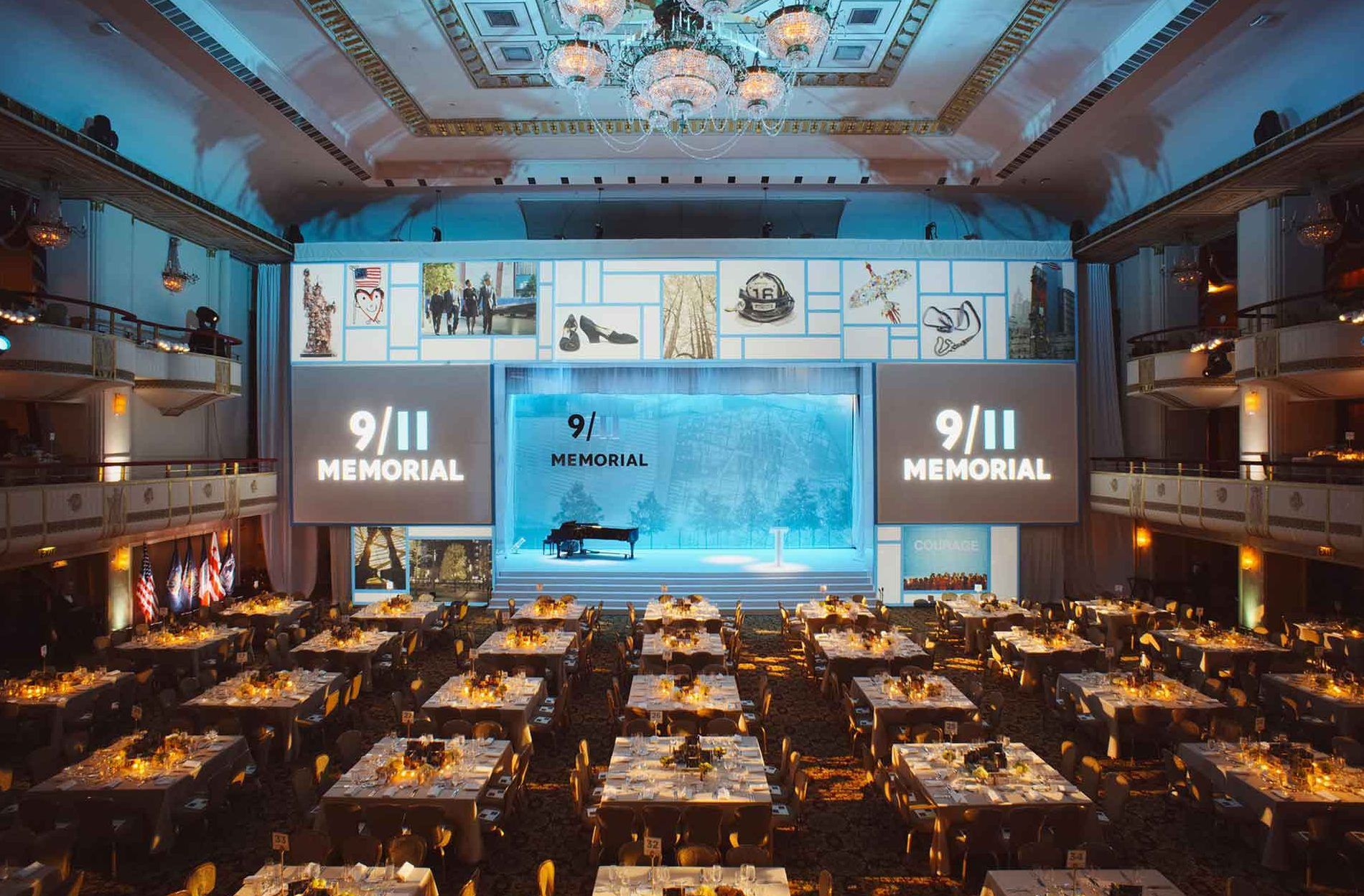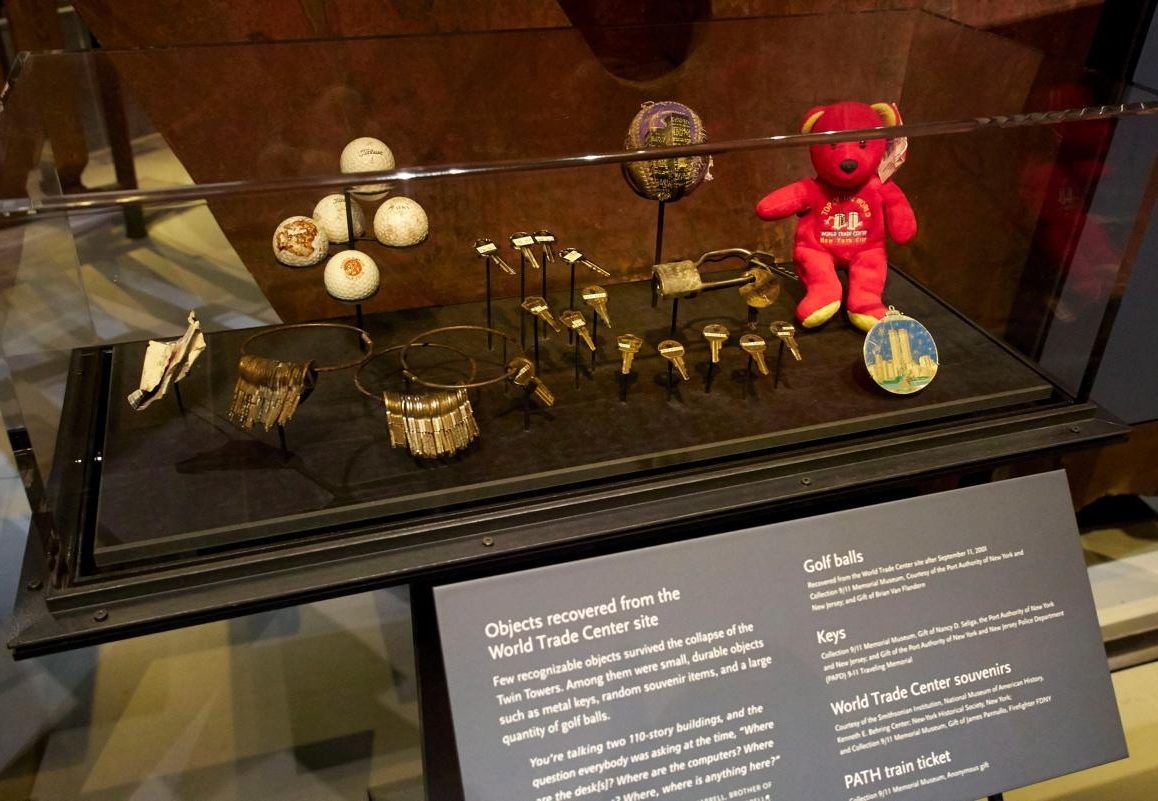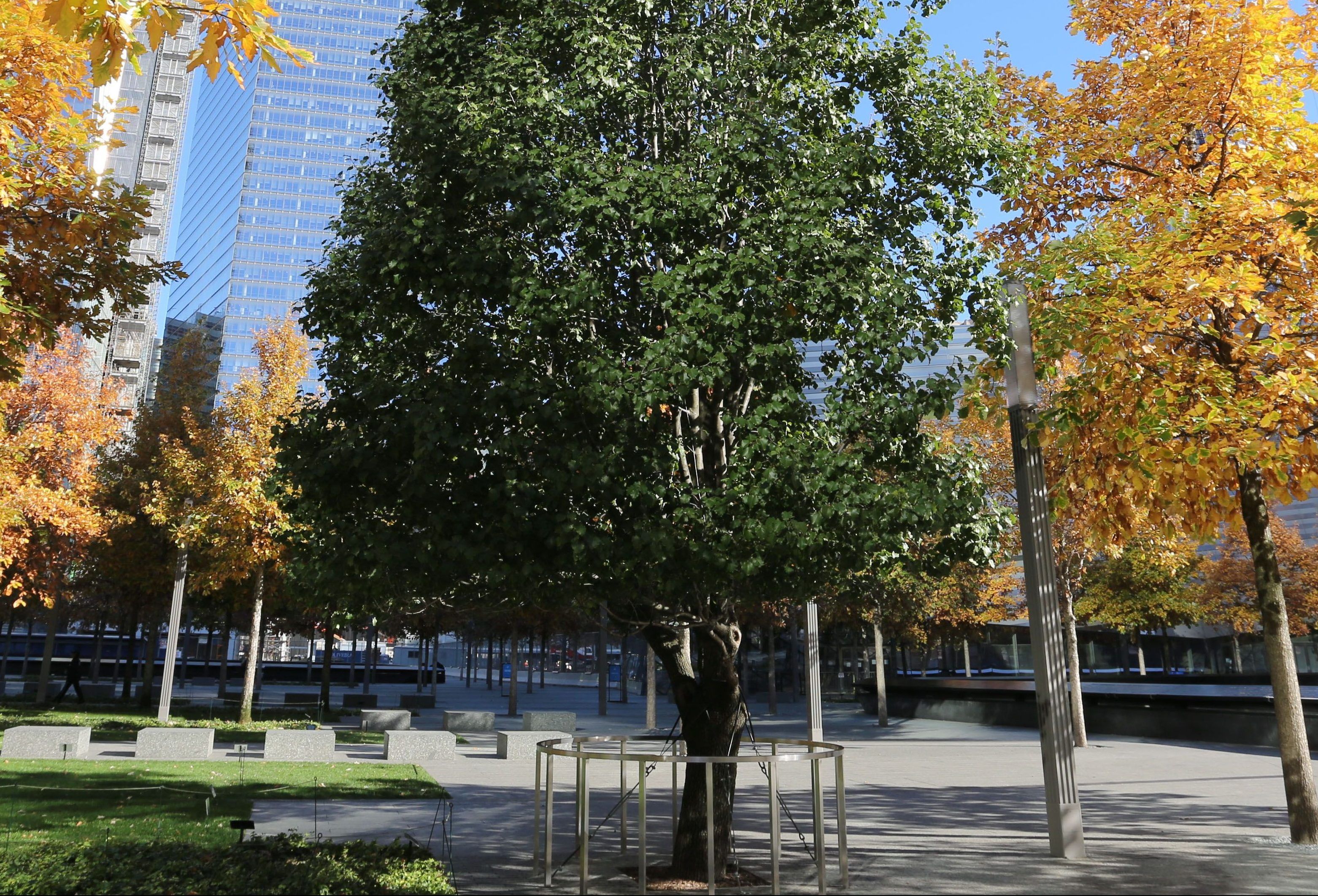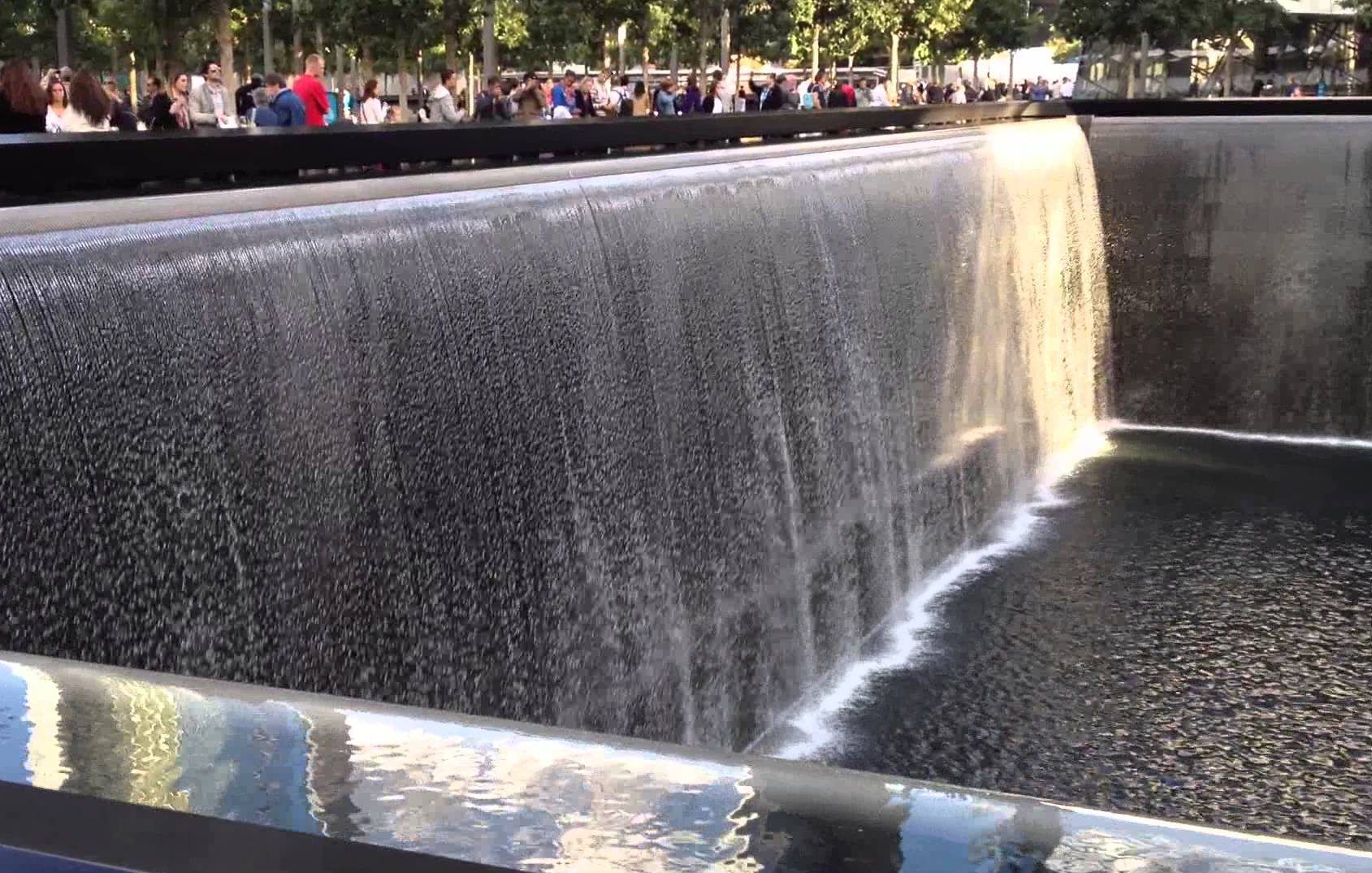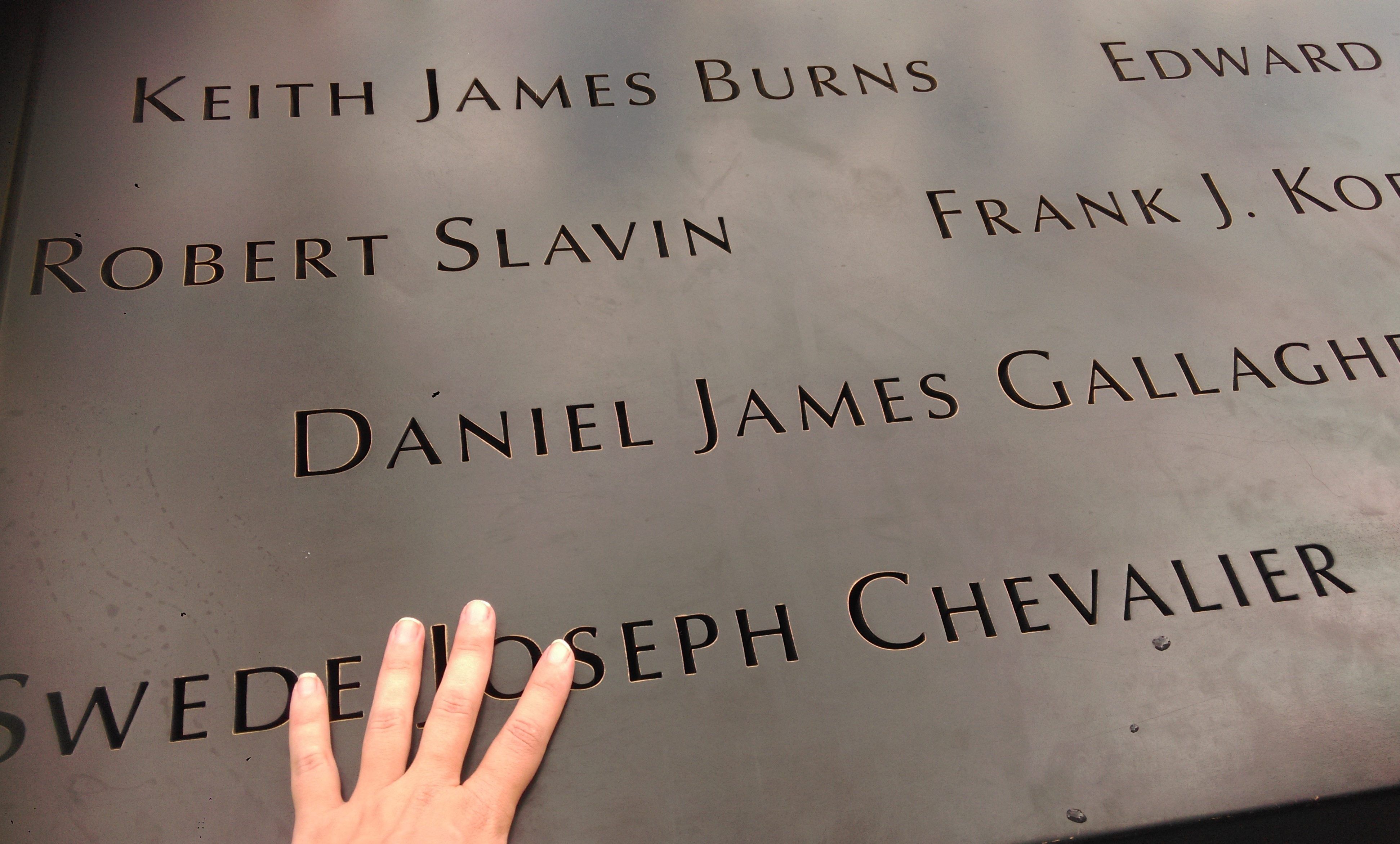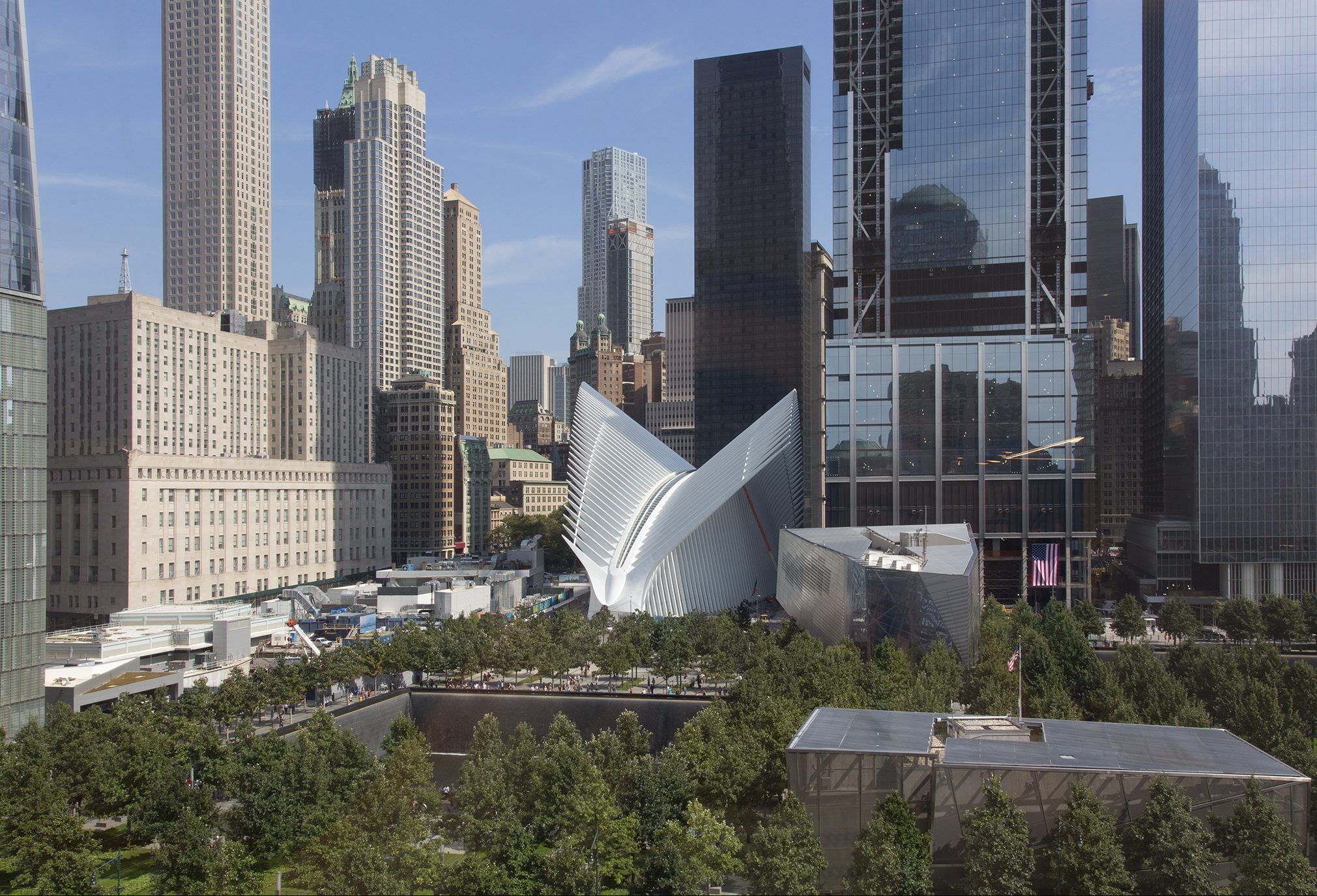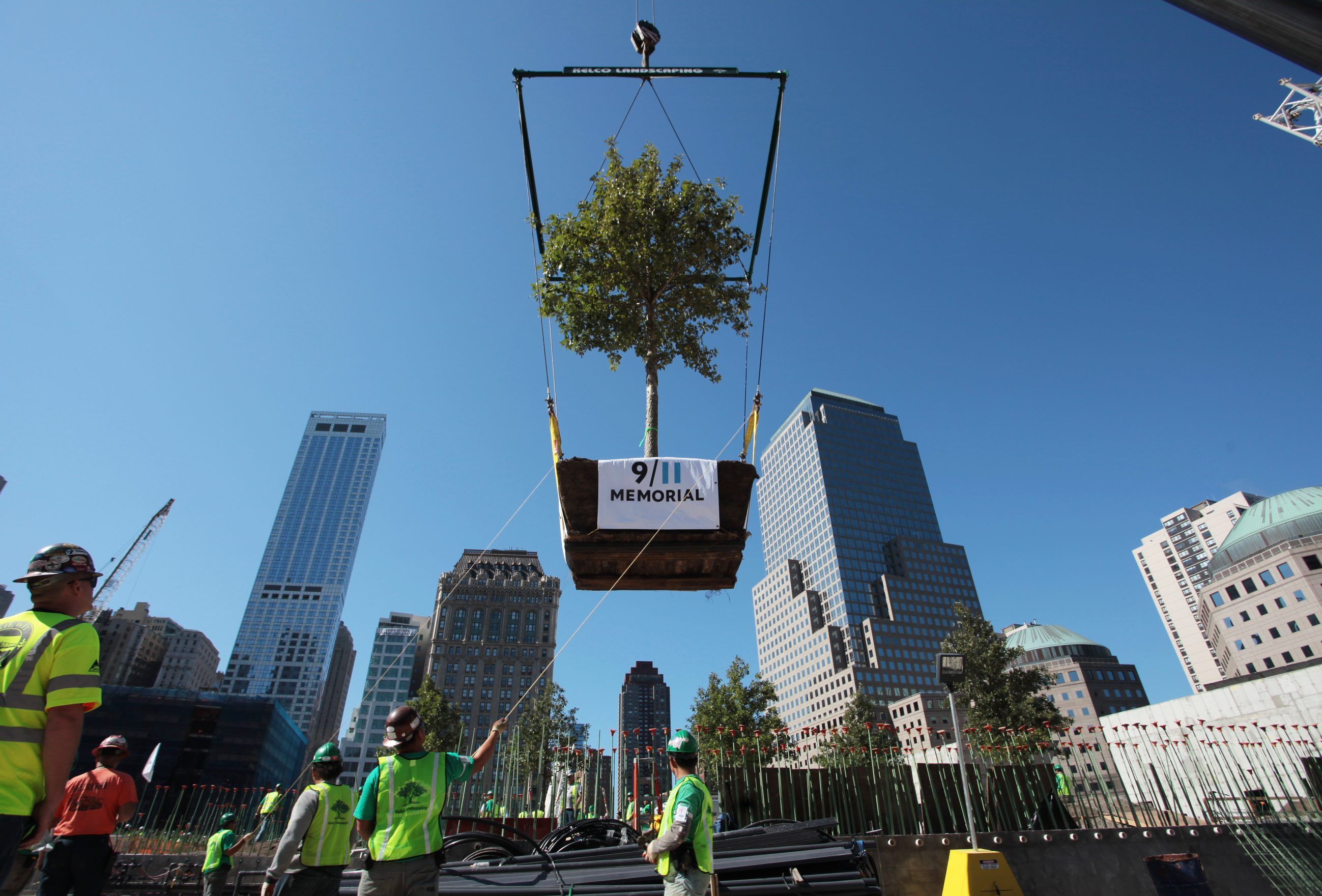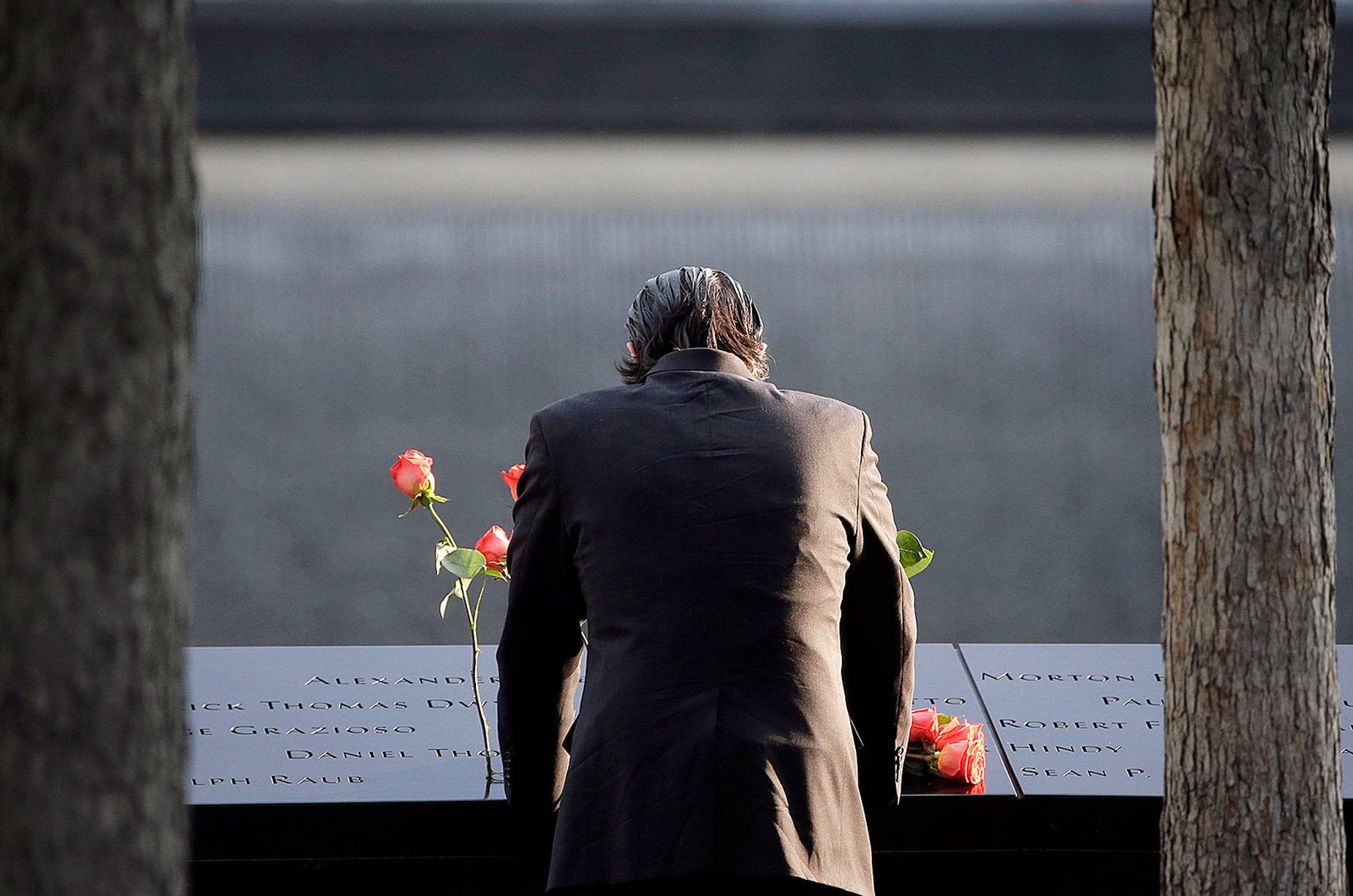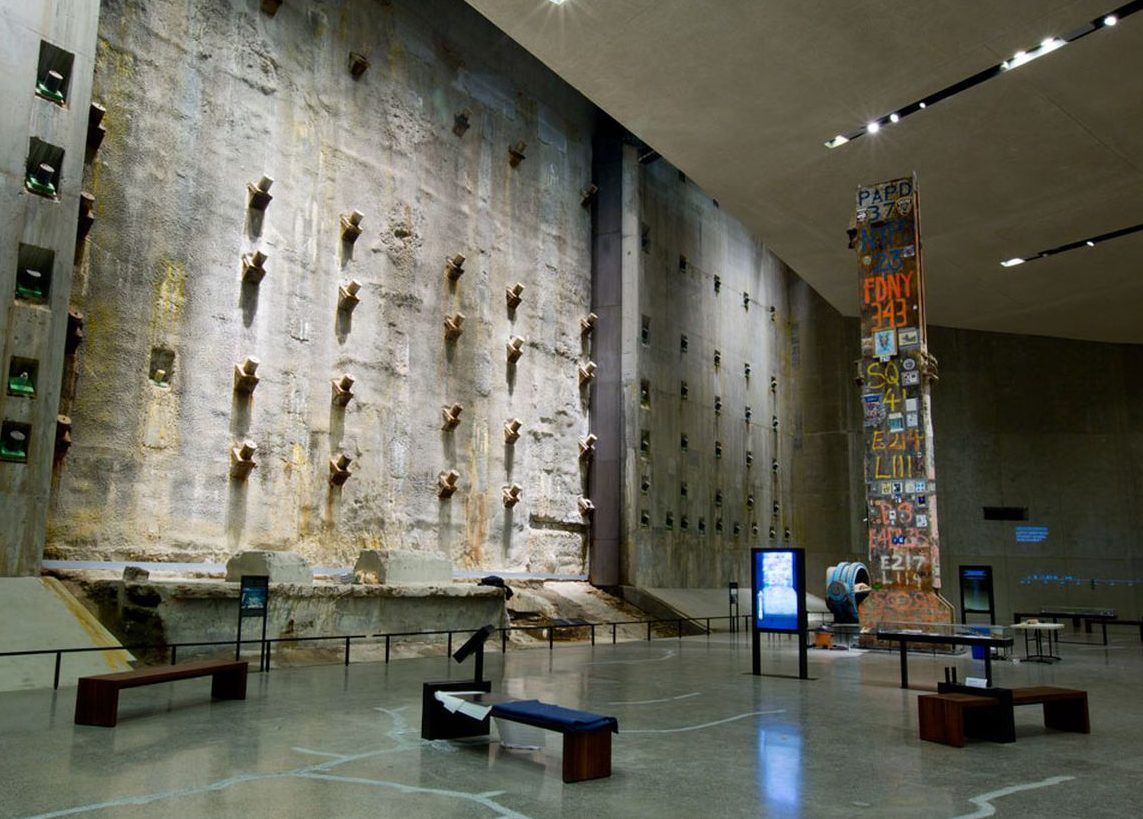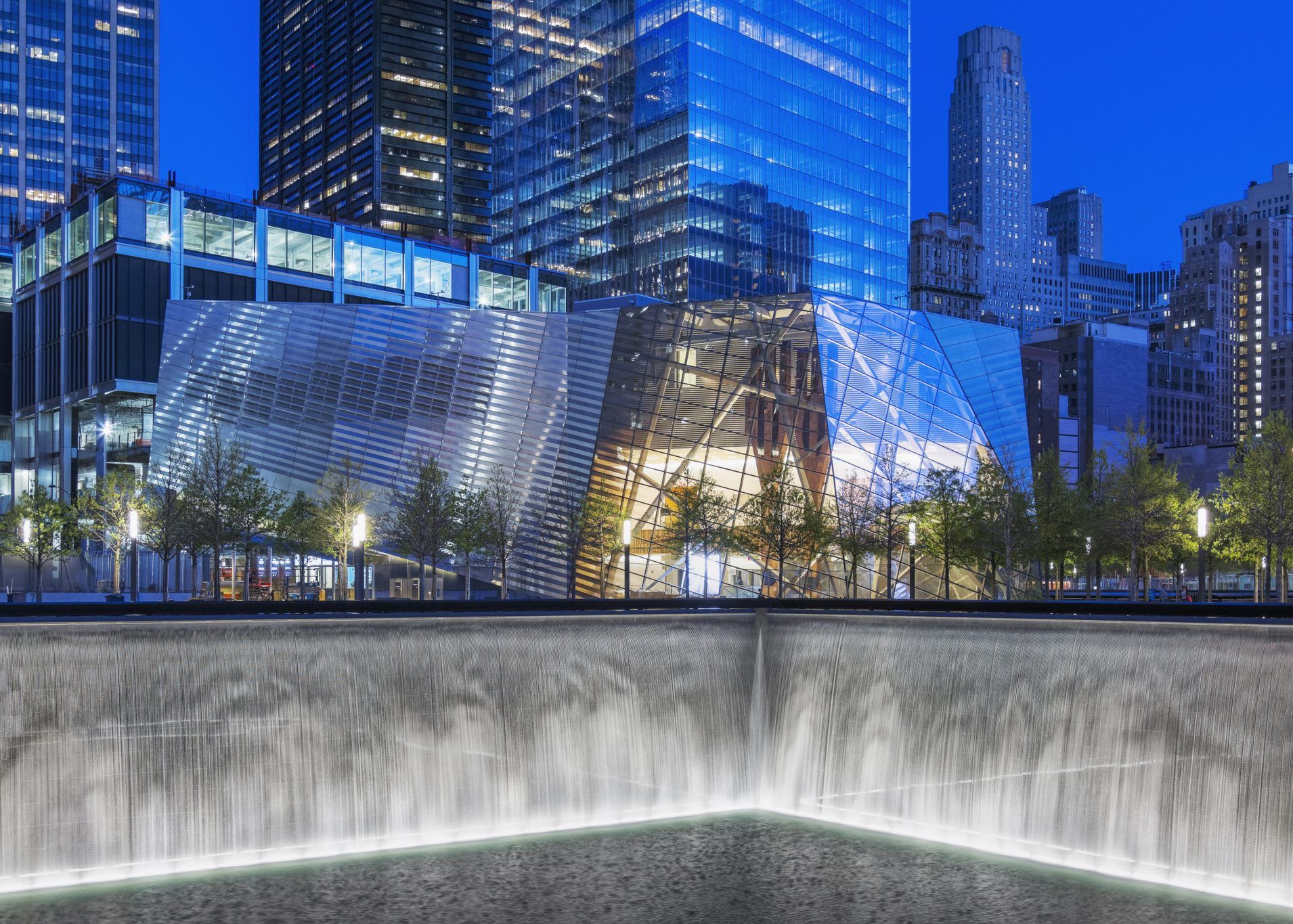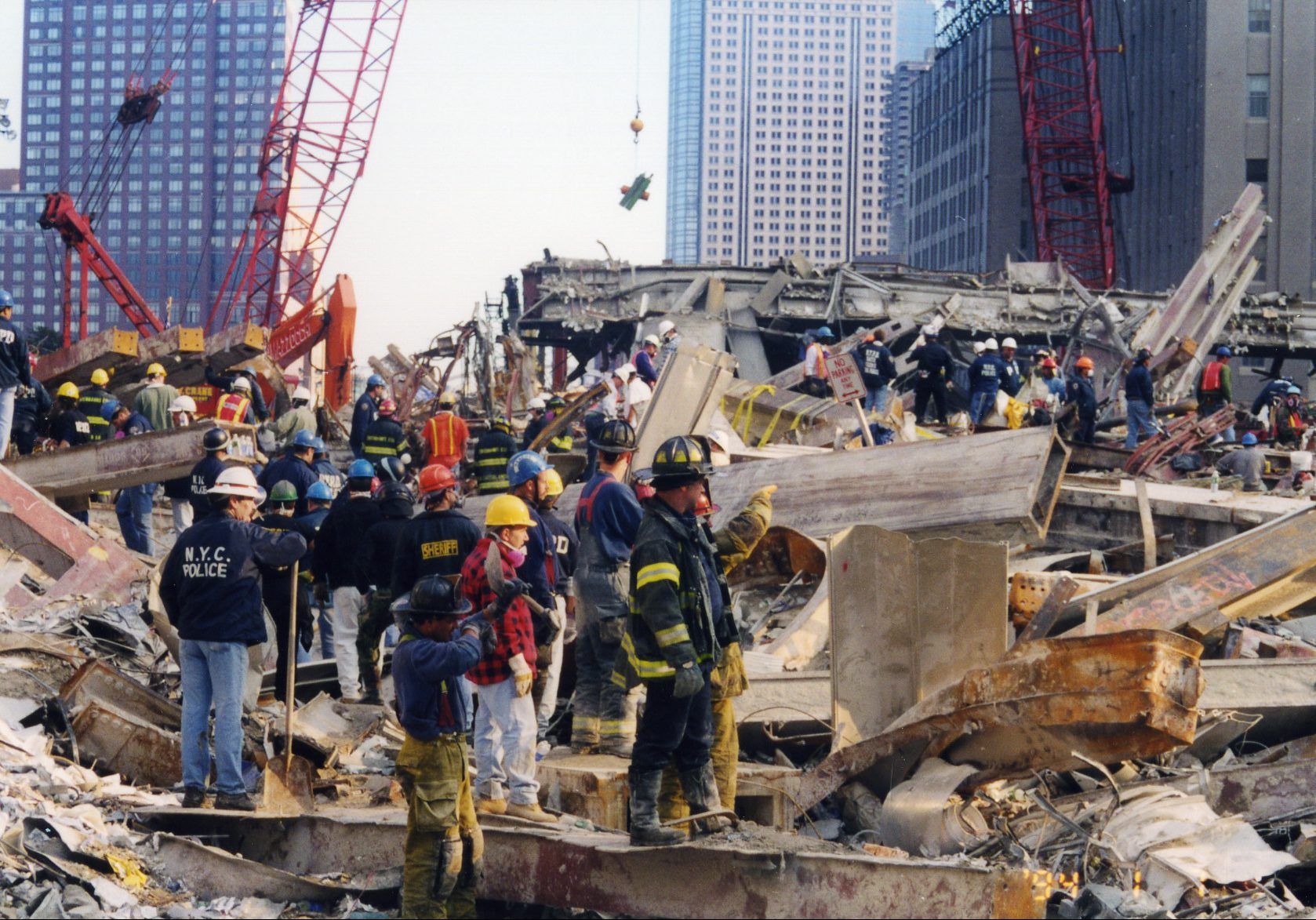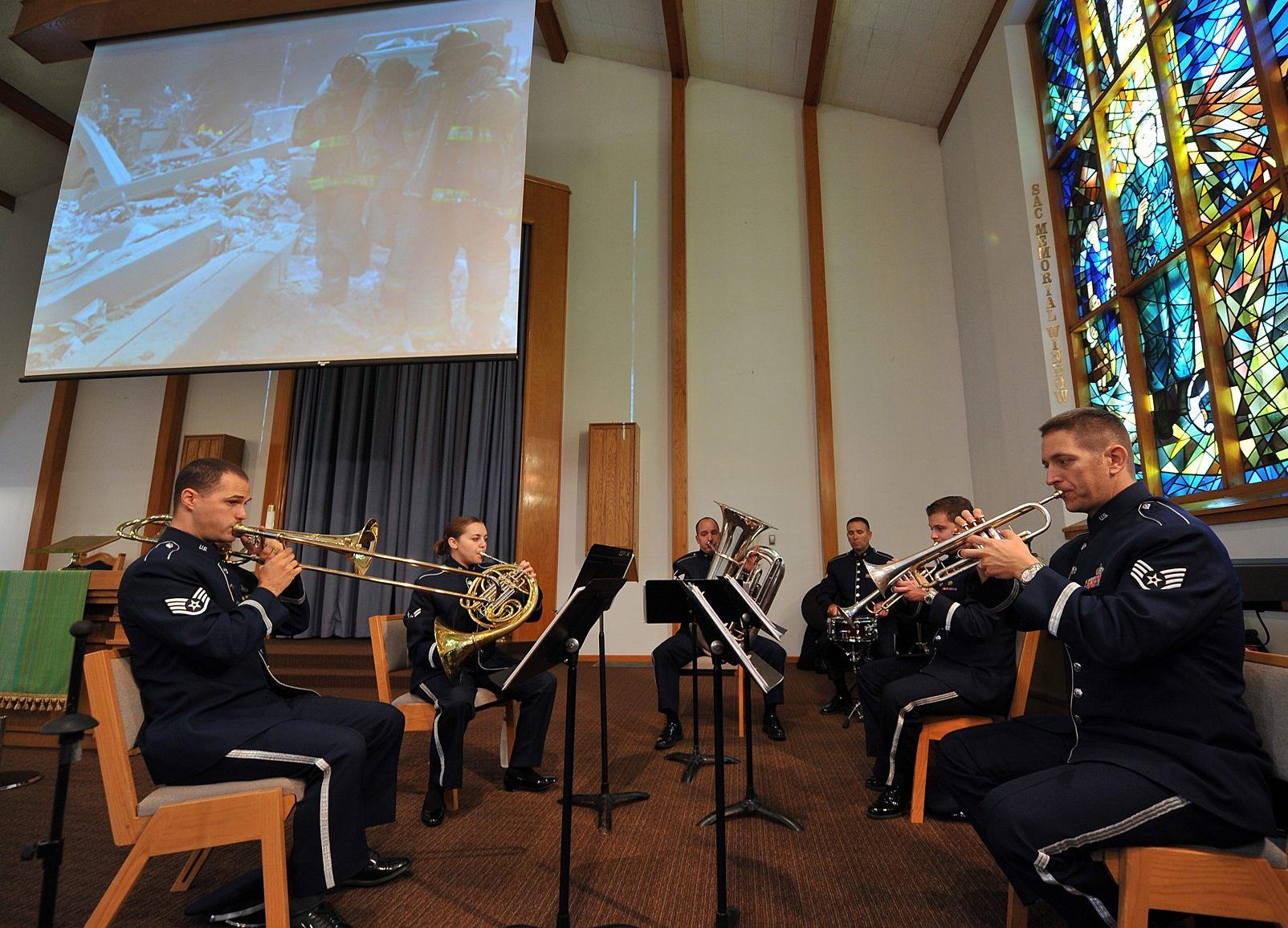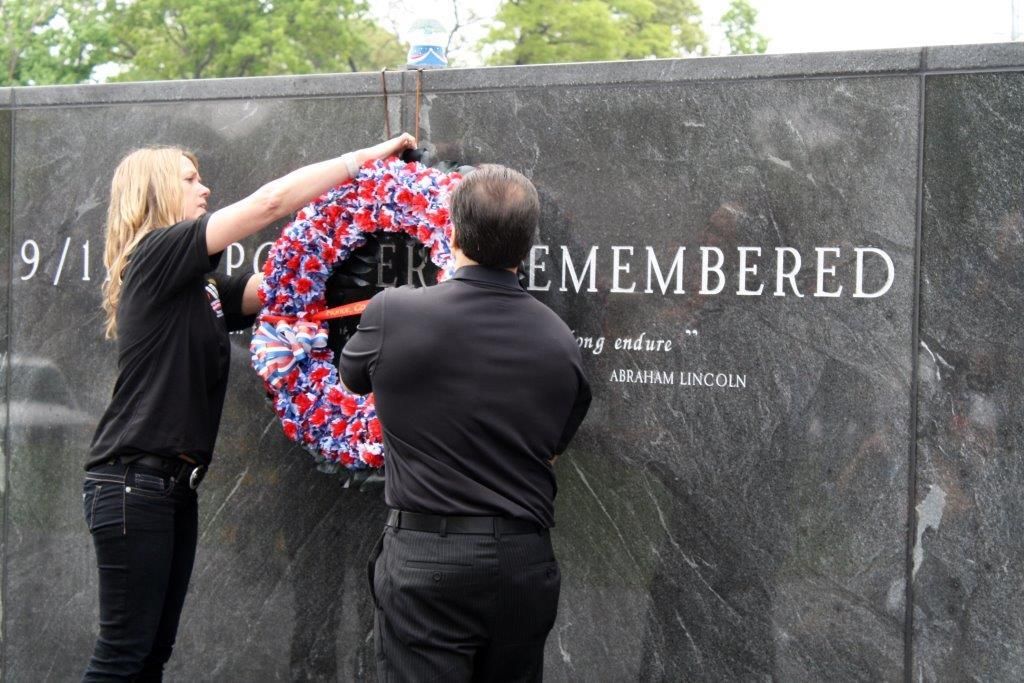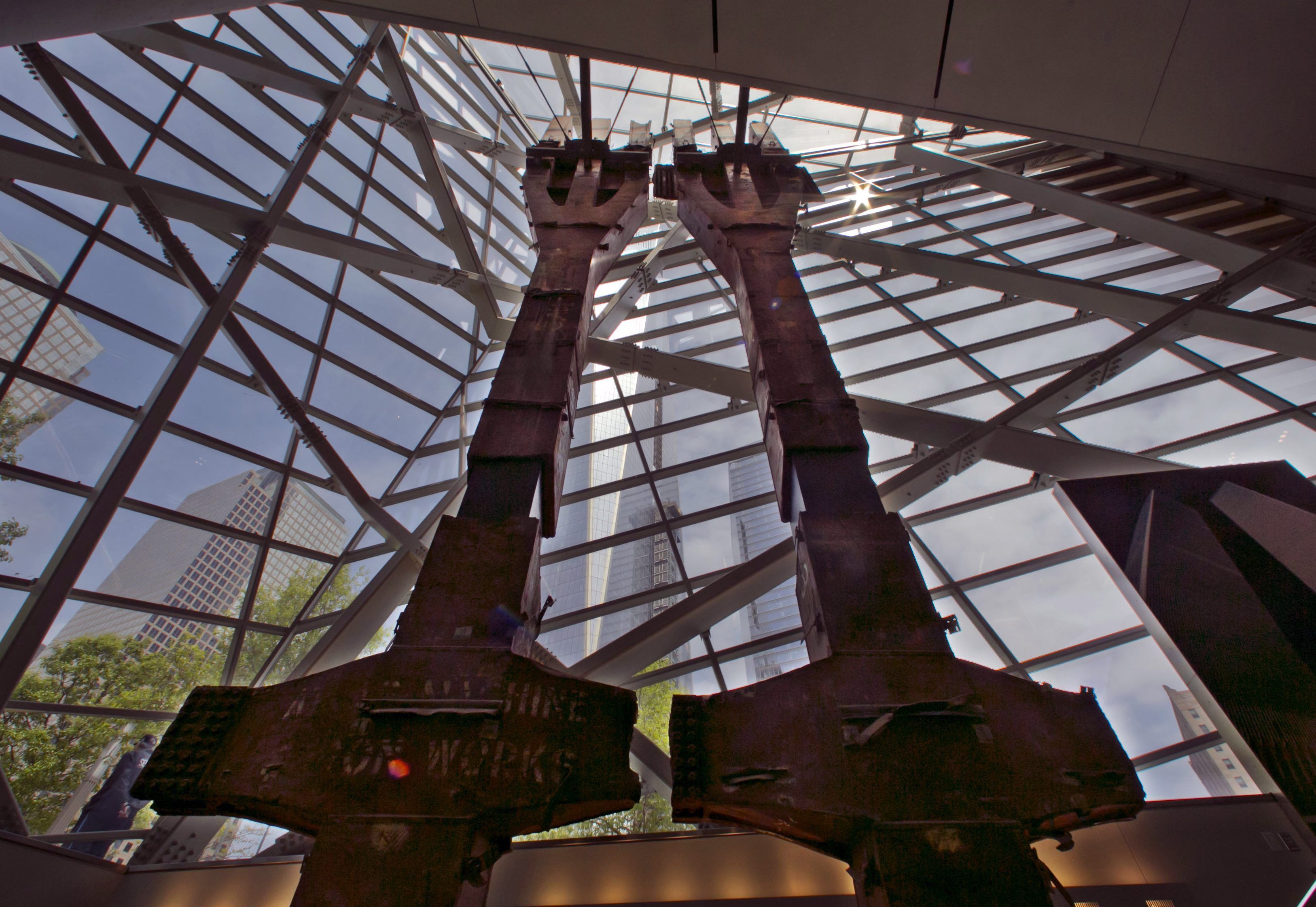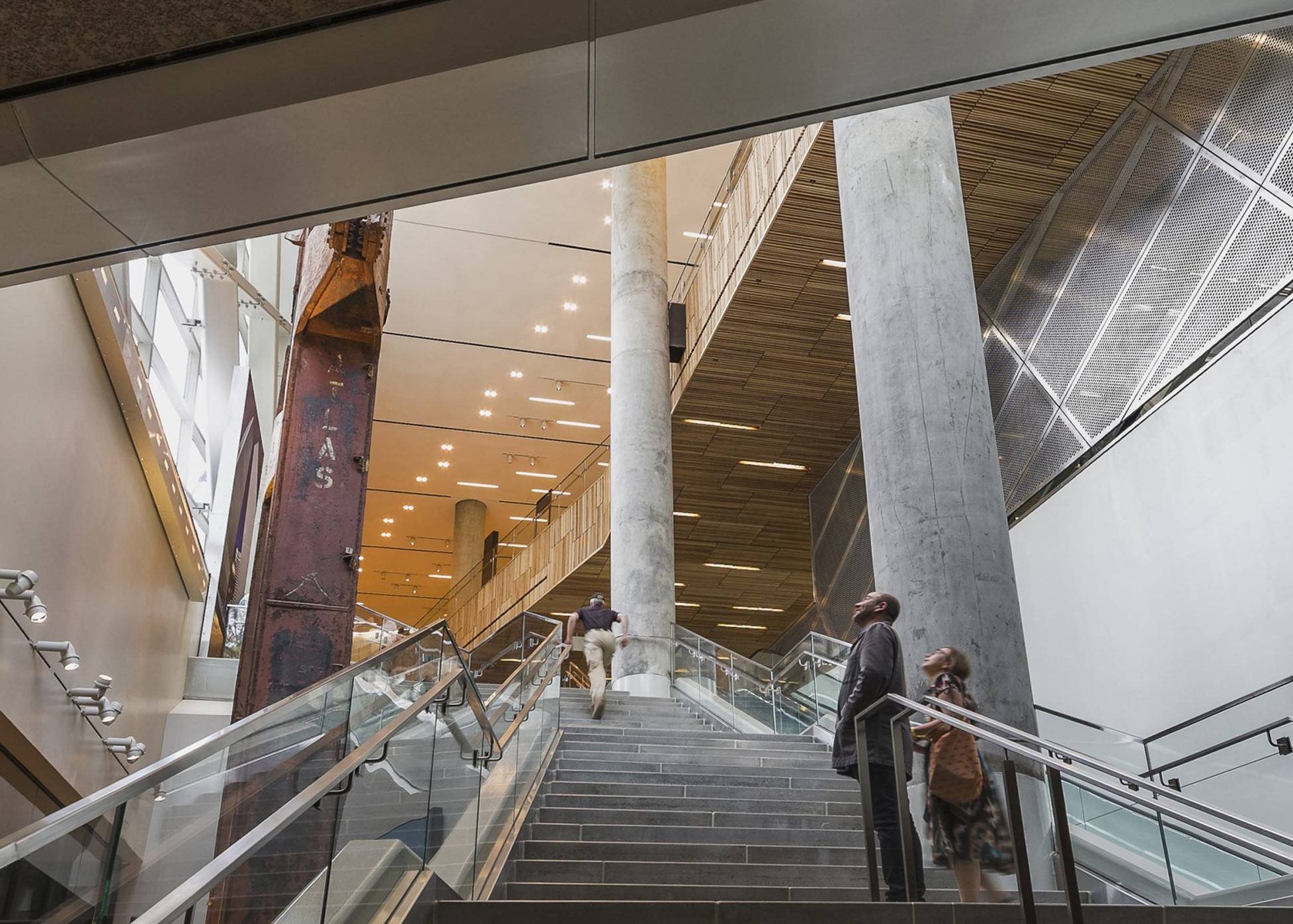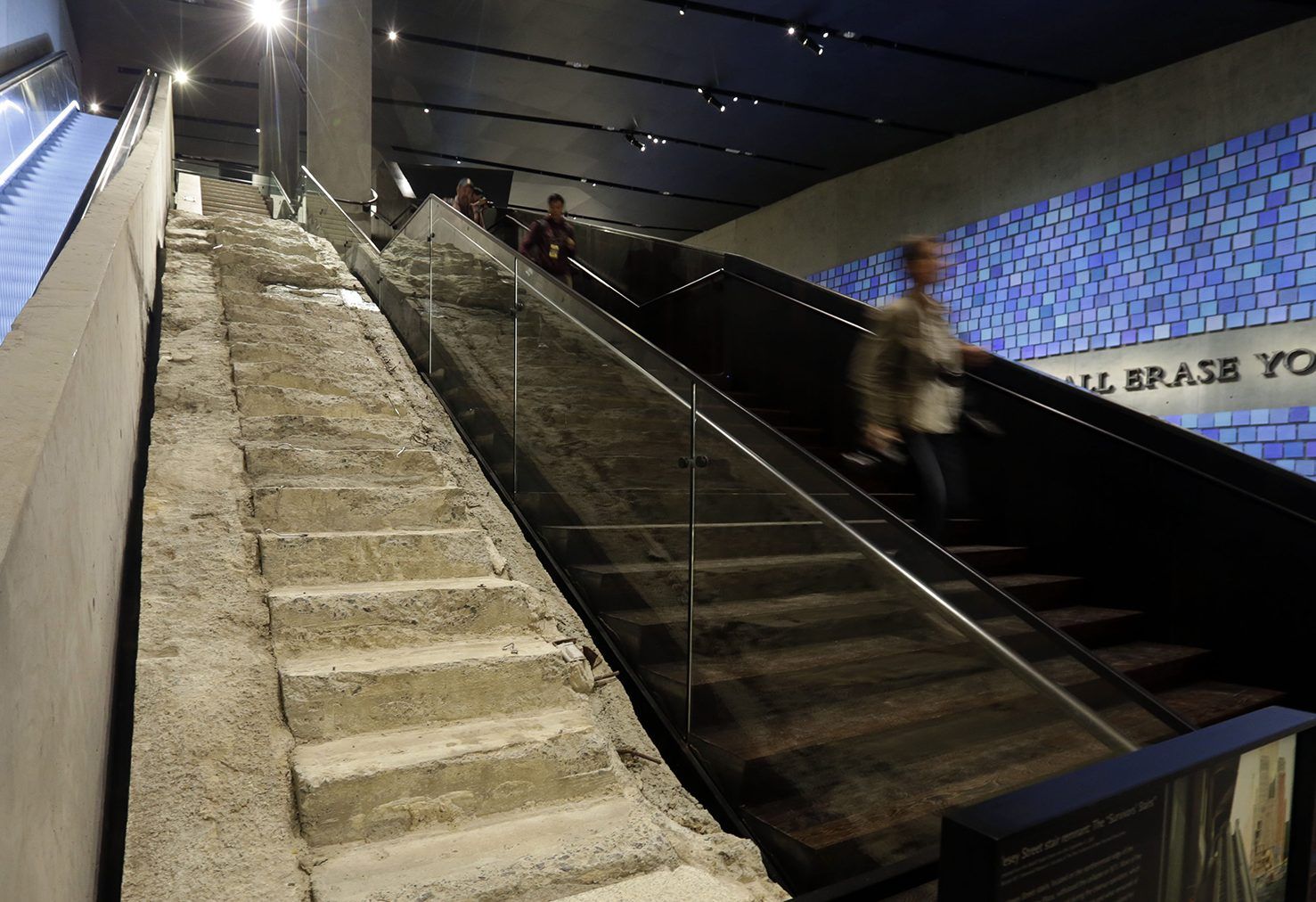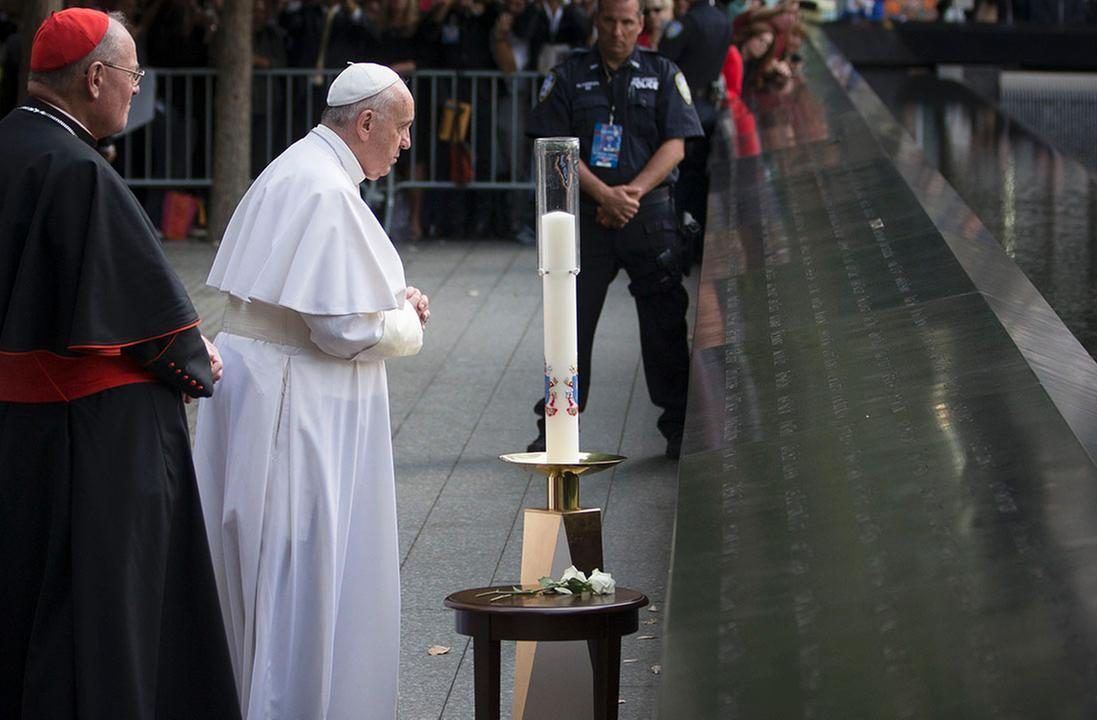To mark the 10th anniversary of September 11th, 2001, the 9/11 Memorial Museum first opened its doors to the public 7 years ago in 2011, and a further 12 years ago, construction work first began on creating the initial memorial ‘footprints’ where the twin towers once stood. The events of September 11th took nearly 3,000 lives on the day and sadly continues to take lives.
For the many relatives of victims and survivors, the memorial museum in downtown Manhattan offers a place of contemplation and comfort to remember loved ones lost. The twin reflecting pools bearing the names of those who lost their lives on 9/11 serve as a strong reminder of America’s resilience and the museum walls offer visitors from around the world the chance to better understand what happened that fateful day and how it continues to have an impact.
September 11th left behind such a legacy that parts of the museum are now expanding to honor those who have lost their lives long after the attacks, mostly those who inhaled toxic fumes whilst working tirelessly in the rubble at ground zero. In remembrance of victims in the air, in the buildings, and on the ground almost 17 years ago, here are 20 things you might be interested to know before making your visit to the official September 11th Memorial Museum.
20 The Memorial Was Designed By A Competition Winner
Considering how far-reaching the impact of September 11th was for families around the world, it’s quite fitting to learn that the design of the memorial site was open to interpretation on a global scale. An international competition was held to find a winning design for the memorial, and the resulting reflecting pools were chosen by London-based Israeli American architect Michael Arad.
Arad’s beautifully simple concept of the tower ‘footprints’ was an instant winner for the memorial Jury, who decided that the idea of the voids left by destruction can literally and figuratively reflect loss in a silent yet powerful way.
19 Visitors Can Record Their Personal Memories Of 9/11
A particularly moving feature of the museum are the parts of the exhibits that feature personal accounts of the day unfolding as part of an oral history of the September 11th tragedy. And for visitors wishing to add their own accounts of 9/11 at the museum, they are now able to do so.
In the exhibit gallery entitled “Reflecting on 9/11,” the museum has a number of video booths set up to allow passing visitors to record their own personal memory and perspective on September 11th. Once recorded, these testimonials become part of the oral history collection in the museum, and some are even chosen to feature in the exhibit’s media piece on display.
18 The Audio Tour Is Narrated By Robert De Niro
For visitors wishing to experience an oral guide around the museum, a special 9/11 Museum Audio Guide App can be downloaded for free on iTunes and the guide’s narrator is none other than legendary actor and proud New Yorker Robert De Niro.
The audio guide entitled “Witnessing History” offers visitors an added insight into the various museum exhibits, from the moving individual stories behind the personal artifacts discovered in the wreckage to eyewitness accounts. De Niro himself witnessed the tragedy unfolding from his apartment, just nine blocks away. Even for those unable to visit the museum in person, this is a worthwhile resource for learning more about the impact on the city and its people.
17 Free Talks Every Wednesday
Throughout the memorial museum, thousands of artifacts and visual accounts September 11th speak louder than most accounts ever could. But for visitors wishing to learn more about that day from firsthand survivor accounts and from the relatives of victims, the museum runs a weekly program entitled “We Were There.”
These talks are held every Wednesday between 3 and 4 pm in the memorial museum and invite speakers from all walks of life to share how they were affected. From survivors within the towers to rescue workers and local eyewitnesses, this provides a moving yet significant perspective on the day’s events.
16 The Museum Has Over 10,000 Artifacts On Show
The memorial museum takes visitors on a heart-wrenching chronological journey of the attacks from the moment the first plane hit to the cleanup and rebuilding at ground zero, and along the way, more than 10,000 individual artifacts help to tell that story.
From large recovered items in the rubble such as wrecked emergency vehicles and steel beams to personal belongings less than 1 inch in length. Amazingly, only 10% of the total collection is on display at one time—the artifacts regularly rotate to ensure the public can see the full extent of everything recovered and cherished in the exhibit.
15 A Tree Ravaged Under The Rubble Still Stands In Ground Zero
A humble Callery pear tree that once stood in a nearby park at the World Trade Center is now known as the “survivor tree” and has since become an emotional symbol of America’s defiance and rebirth in the wake of the September 11th tragedy.
When the pear tree was discovered in October 2001 in the rubble at ground zero, it was sent to the NYC Department of Park for recovery. 9 years later, the resilient tree was taken back to its original spot at the memorial site. New limbs have grown out from the beaten and crooked stumps, poignantly echoing a nation reborn out of destruction.
14 It Features The Largest Man-made Waterfalls In North America
An immediately striking feature about the memorial site as a whole is the breathtaking reflecting pools that lie in the exact footprints of the fallen towers. These pools are not only a powerful and moving statement, but they are also an impressive piece of architecture.
Each pool stretches to almost an acre across and sends 26,000 gallons of water cascading over the 30-feet-high walls, making them the largest man-made waterfalls in North America. With this kind of power behind them, people were initially concerned that the noise of the waterfall would be too intrusive, but the result is more calming, like the sound of the ocean.
13 The Engraved Parapets Feature A Heating/Cooling System
In giving the memorial-reflecting pools an added personal touch, the surrounding parapets bear the names of the deceased from the North and South towers. Understandably, relatives and loved ones coming to pray and pay their respects often touch the engraved names, and in the original design of the pools, this could have posed a problem.
Because the surrounding walls are made of bronze, it was feared that people could burn their hands in summer and likewise get frostbite from touching the parapets in winter. In wanting to keep the design, an extra $3.5 million was added to the memorial budget to install a heating and cooling system to keep the walls at a comfortable temperature in every season.
12 The Memorial Is One Of The Most Environment-friendly Of Its Kind In The World
The lush green plants and tree formations throughout and around the 9/11 memorial site are not just there to promote an atmosphere of peace and reflection. They were specifically designed to meet the city’s “Green and Clean” guidelines for state buildings.
The numerous trees are not the only eco-friendly feature of the memorial plaza, though. Rainwater on the museum roof is collected in storage tanks to be harvested later for irrigation purposes, making the September 11th memorial site one of the most eco-friendly to ever be constructed. The area is close to a Gold certification in the US ‘Green Building’ program.
11 Trees Planted Around The Site Were Carefully Selected
Each and every part of the memorial and its museum were carefully planned, including the trees planted at the base of One World Trade Center. There is more than 400 swamp white oak trees planted around the memorial’s reflecting pools, and while they look identical, many were chosen individually from outside New York City to commemorate the far-reaching loss.
In remembrance of lives lost in Pennsylvania and Washington D.C on September 11th, 2001, many of the trees were chosen from these areas by crew members. Swamp white oaks, in particular, were favored for their durability and gorgeous leaf colors of pink and golden during fall.
10 Name Engravings Are Arranged Personally, Not Alphabetically
Most memorial gravestones list the names in alphabetical order, but in wanting to tell a more personal story for each life lost, the designers of the memorial reflecting pools ditched this tradition. The engraved names of the victims on the parapets are instead grouped according to their relationships in life.
According to Michael Arad’s design concept, the names are placed into “meaningful adjacencies” to reflect which tower they were in, their fellow colleagues, and their closest family and friend affiliations. This not only strengthens the connection with surviving relatives but the connection felt between every grieving family member visiting the memorial pools.
9 The Museum Is Built Within An Original WTC Artifact Itself
The main bulk of the museum is built 70 feet below ground level and is essentially where the foundations of the towers met the raw earth of Manhattan. But the mere ghost of the towers' absence isn’t the only way in which the memorial museum is an artifact within an artifact.
In the Foundation Hall area of the museum, visitors are met straightaway by an exposed stretch of slurry wall that formed the foundations of the World Trade Center in the 1960’s. The existence of the retaining wall is a miraculous sight in itself and is a testament to the survival and resilience of New York.
8 The Cost To Construct The Entire Memorial Was Nearing $1 Billion
In the wake of immeasurable grief and devastation in the weeks and months following the attacks, it was always going to be understood that the people of New York deserved something that surpassed the average memorial site. It was important to the victim's families and the nation as a whole that there would be a proper commemorative site, regardless of the cost.
By 2005, though, the estimated budget costs were close to $1 billion and former New York Mayor Michael Bloomberg explained that “any figure higher than $500 million would be inappropriate.” At the time of the museum’s opening in 2014, the budget was eventually reworked to $700 million, and with the help of museum takings, the finished memorial is now focused largely on maintenance.
7 Watch The Timelapse “Rebirth” Of Ground Zero Every 15 Minutes
Museums all over the world often feature brief educational screenings within the exhibit, and while some of these can be pretty skippable, the fascinating mini film entitled “Rebirth” in the memorial museum is definitely worth sticking around for.
The 10-minute documentary is shown in an immersive three-screen theater experience and takes the viewer on a moving and ultimately heroic journey of the ground zero from devastation to determination. Time-lapse footage captures how far New York has come, thanks to the amazing efforts of rescue and construction workers to restore hope in place of hate. The film is made in association with the nonprofit organization project called Rebirth that helps people cope with mass casualty events.
6 Musical Instruments Cannot Be Played Without A Permit
An interesting but understandable rule within the September 11th memorial plaza and museum states that visitors may carry musical instruments into the plaza, but these instruments “may not be utilized unless authorized by permit.”
Even a school choir from North Carolina was silenced by a guard in 2016 from singing the Star-Spangled Banner as it was seen as more of a “public demonstration” than a patriotic tribute. The children’s choir has since been allowed back, and though this guard’s actions do not reflect the general rules at the memorial, it is particularly strict about musical expression and performances in the plaza.
5 The Museum Continues To Honor Post-9/11
Hauntingly, the events of September 11th, 2001 are still claiming lives even nearly two decades later and will sadly continue to do so. The many first responders to ground zero on that day, including firefighters, police, and rescue workers, inhaled a toxic cocktail of debris, asbestos, and many other toxins in the aftermath. As a result, hundreds have losy their lives.
Within the first decade after 9/11, nearly 700 cancers were diagnosed in the World Trade Center Health program. And by the end of 2031, it is estimated that 2,714 out of 15,507 firefighters working at ground zero could be diagnosed. In this spirit, a new addition to the memorial site and museum has opened called the ‘Responders Remembered Park.’
4 The Entrance “Pillars” Are Of Two Steel Tridents From The Towers
Even before visitors enter the main museum doors, it's impossible not to notice an original towering artifact inside. Inside the entrance pavilion stands two of the trident beams that formed part of the exterior support structure in the twin towers. The now-rusted steel tridents are as tall as the museum itself, stretching from the roof to the floor 70 feet below.
Fittingly, the steel tridents are not only there for the purposes of displaying an artifact. They are now playing a role in supporting the atrium of the museum. A review in the New York Post describes the entrance interior as so beautiful it could “belong to a concert hall,” if not for the poignant rusted reminders of the past.
3 The Majority Of The Building Is Situated Underground
In evoking the sense of emptiness and the void felt by America in the months and years after the September 11th attacks, the majority of the memorial museum has been purposefully built underground. As visitors approach the entrance ramp inside the museum building, they are taken 70 feet down to a large hall in the footprint of the North Tower.
The deepest part of the museum goes 7 feet below street level—deeper even than the memorial reflecting pools. Supposedly, the most harrowing exhibits in the museum are at bedrock level, and this was a conscious decision by the museum designers to evoke a feeling of absence and near hopelessness that the nation felt in the immediate aftermath.
2 Some Large-scale Artifacts Had To Be Lowered In By Crane
In and among the personal belongings and small artifacts that tell the story of September 11th are 37 large scale pieces. These include the 60-ton steel beam which quickly became a shrine for the victims. Other large artifacts include a damaged FDNY fire truck in which 12 men lost their lives in duty.
An especially poignant artifact that had to be lowered into place by crane was a remnant of Vesey street staircase which allowed hundreds of survivors to escape the doomed towers. This section of the “survivor staircase” sits right alongside the modern elevators in the museum, serving as a constant reminder of how close hundreds of New Yorkers came to losing their lives that day.
1 Famous Visitors Have Included Pope Francis
Since the museum’s official opening in May of 2014, more than 10 million visitors have flocked from around the world to pay their respects, and this has included many notable visitors, from politicians to royalty. Big names in attendance for the museum’s opening dedication ceremony back in 2014 included former Presidents Obama and Clinton and New York’s former mayor, Michael Bloomberg (who is now Chairman of the 9/11 Memorial Board).
Prince William and Princess Catherine also paid a visit in December of 2014, followed by a memorable and moving visit a year later by Pope Francis. The Pope honored victims in a speech given at a multi-faith service held in front of the surviving WTC slurry wall.

